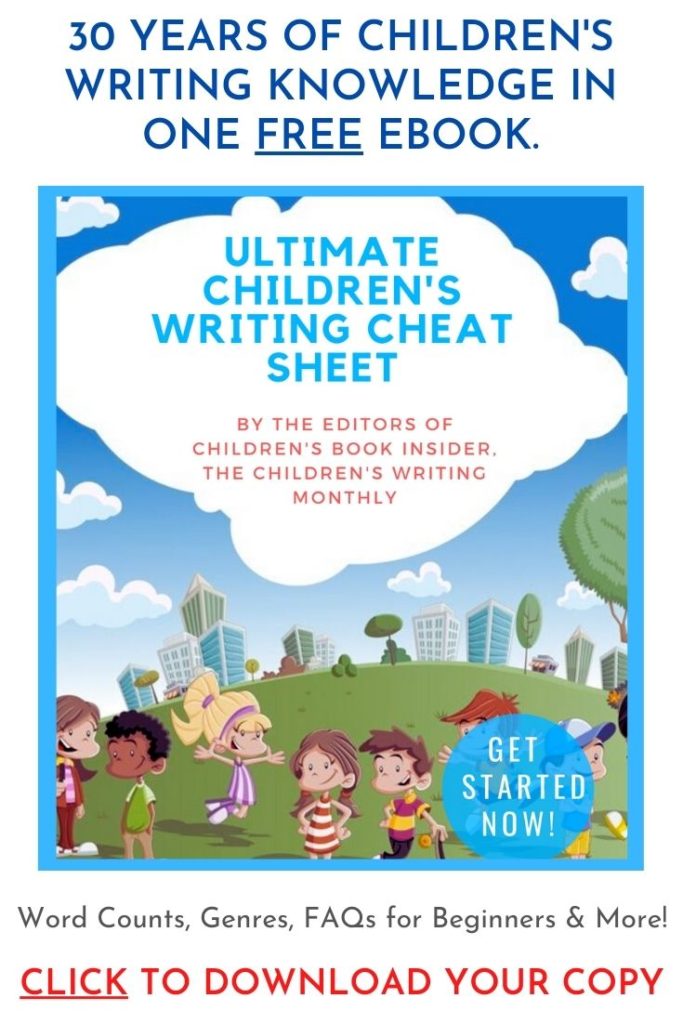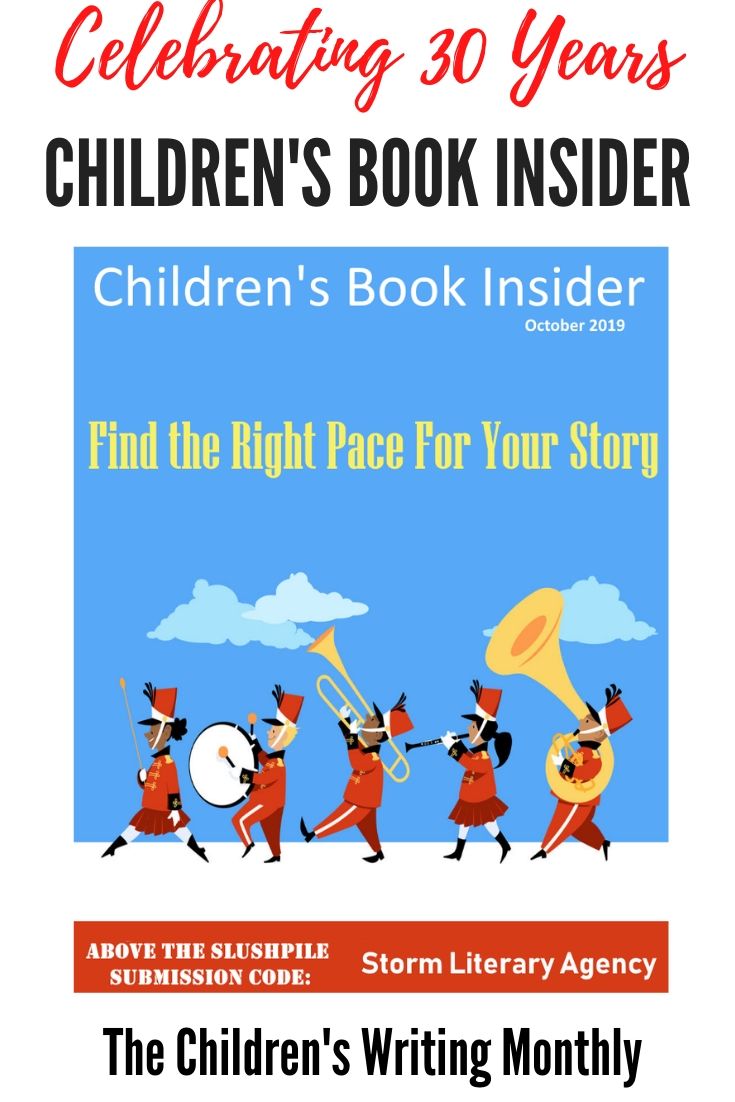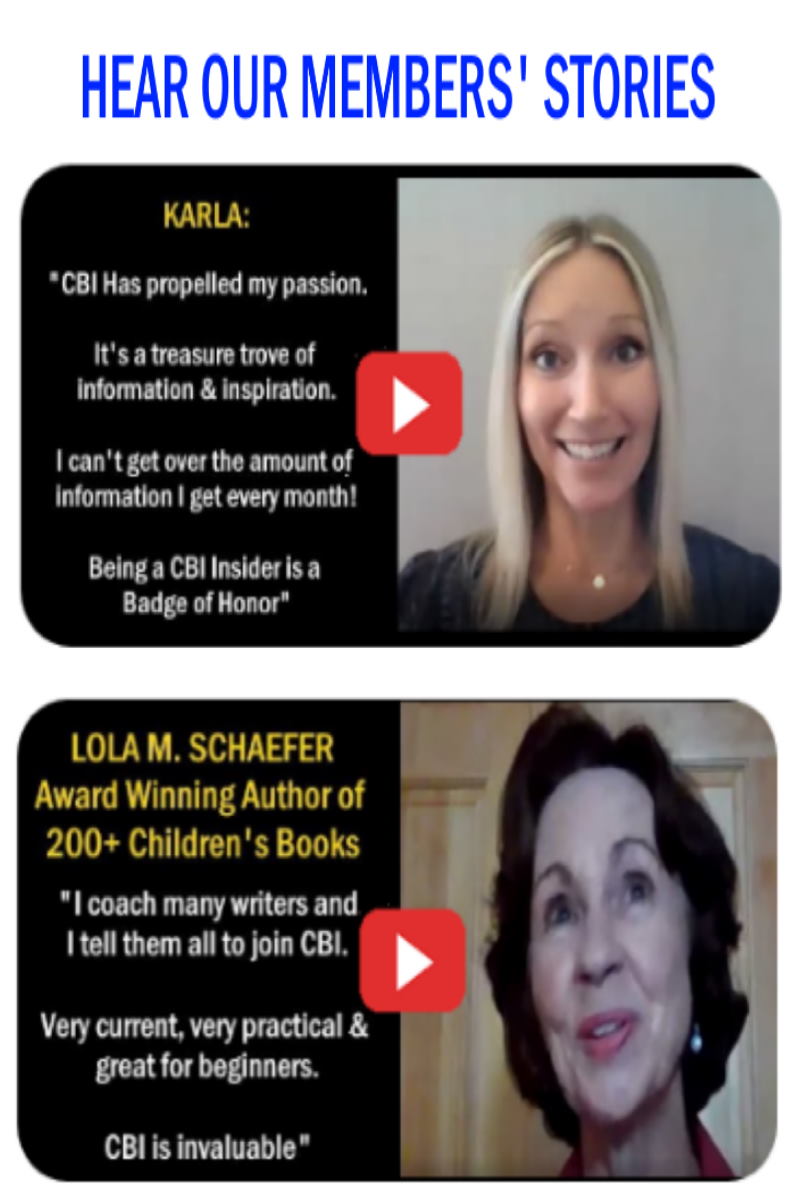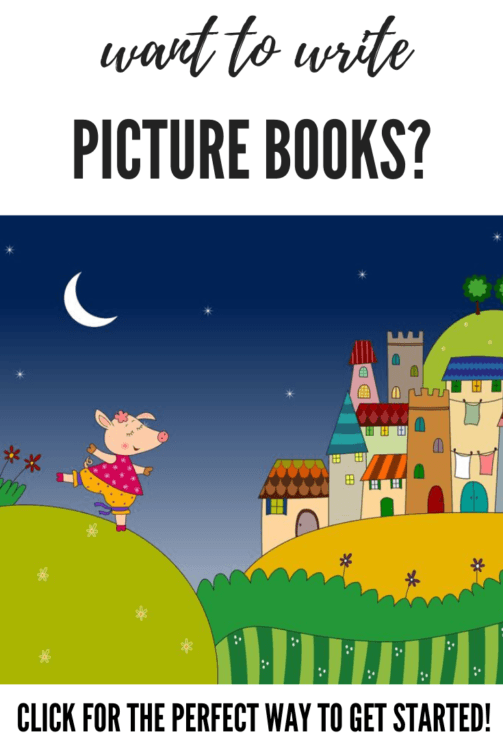
I have tremendous respect for editors at children’s book publishers. It’s a grueling job to wade through a pile of manuscripts looking for that elusive gem. And it can’t be much fun seeing the same mistakes made again and again by aspiring writers. I know lots of editors who would love to issue proclamations such as, “Don’t even think about sending me your work until you understand the difference between ‘your’ and ‘you’re’.” But editors are, by and large, very nice people who wouldn’t dream of being so rude. So I’ll do the job for them. Here are seven things that, I’m willing to bet, editors at children’s book publishers would wish more writers knew:
1) Please learn to punctuate. A misplaced comma or two won’t prevent you from getting published (children’s book publishers do have people on staff who correct those things), but if your manuscript is riddled with typos, it gives a bad first impression. To me, the most egregious offense is poor punctuation. It’s easy to gloss over a misspelled word when reading a manuscript for the first time, but inappropriate semicolons or dialogue with all the quotation marks in the wrong place ruins the flow of the story. If you’re not absolutely sure of your punctuation skills, have someone else proof your manuscript before you send it out.
2) Don’t rhyme unless you have to. Many authors think picture books equal rhyming stories. The problem is that most people can’t write very well in rhyme. The rhyming format should be the last thing you think about— first comes the character development, then the plot, then the pacing and tightly-written text. If all that’s in place, then you can overlay the rhyme, without adding any extra, unnecessary details to the story. Only tell a story in rhyme if it’s absolutely the best way— the only way— it can be told.
3) Only develop ideas worth a publisher’s investment. Did you know it costs a major children’s book publisher over $100,000 to get a picture book from manuscript to the book store? Is your idea worth that much of a risk? Novels cost less to produce (no color illustrations) but the market is smaller. Books that are simply cute, sweet, informative, or teach an important lesson don’t do enough to justify the publisher’s financial risk. Manuscripts need to do more than one thing. So develop ideas that are funny and teach science concepts, or are multicultural, entertaining, and illustrate an important life lesson without preaching to the reader.
4) Pay attention to established age groups and word counts. Once you’re famous, you can break all the rules you want. In the meantime, you need to write within established guidelines so editors can visualize exactly where your book would fit on their list, and (more importantly) how their sales reps would pitch it to a book store. Don’t submit a 3000 word picture book for ages 3-6. It simply won’t fit into 32 pages with illustrations. Don’t write a 15-chapter easy reader. Most second graders will be intimidated by a book that long. Be creative with your story, not its format.
5) If you’re writing for older readers, understand the distinction between middle grade and young adult. Read several novels for ages 8-12, and for ages 12 and up, so you can begin to see the difference in characters and conflicts for the two age groups. Very often beginning writers think they’re writing YA, but they’ve actually created a middle grade novel with 15-year-old characters. And do incorporate subplots into your story. These books need to have several layers— some emotional, some action-driven— that all work together to build the plot.
6) If your story is very personal and specific to your life/family, consider self-publishing. For your life to be interesting to a wide audience, you must be willing to sacrifice the facts when necessary to make good fiction. The incidents need a universal theme that’s relevant to many children. If you have your heart set on writing a book about all the funny, mischievous things your kids and pets did when they were little, and you don’t want to alter any events to create a solid, unique plot, then self-publish a few copies at your local copy shop (or an online site like CreateSpace) and give them to family members at the next reunion. Your book will be treasured by the people who will appreciate it the most.
7) Don’t think you can abandon logic just because you’re writing for children. Several years ago, I worked with a writer who was creating a middle grade fantasy set in the distant past, and yet one of his characters had a few modern-day items in his bedroom. I explained that, even though the book was fantasy, 21st century devices couldn’t exist if he clearly stated the story happened long ago. “Kids aren’t going to care,” was his response. But they will. Even picture book readers will wonder why your spider character carries a life-sized baseball in his pocket. And then your credibility as an author is shot. If you maintain logic in the details, you can get away with a far greater suspension of disbelief in the story. And a story that’s a delight to believe is what editors at children’s book publishers wish for most of all.
Tags: beginner, editors






That is why one never writes without an old-time-dictionary next to you, and every good advice you received, you drink with joy AND thankfully use it all the time. (Even if you have to translate every word. LOL.)
Could you tell us who write the article 7 things editors of children’s books publishers wish writers knew.
My son is using this article for a school project and we need to site it correctly thanks.
Laura Backes is the author of this post.
Excellent remarks. I do like them, especially the one concerning the middle grade.
Do I have even a slight chance that a publisher will read my picture book if I mention in my query that it is written in rhyme? Or should I rewrite it? I have read so many articles and blogs about the difficulties with submitting rhyming picture books but that seems to be what I keep coming back to.
If you write the rhyming story well, a publisher will be interested. The rhyme should never take precedence over the story and character development. It must also be easy to read out loud, and the story should be easy to follow when a child is listening to it being read. And the rhyming format must fit the tone of the story. I suggest studying a lot of published rhyming books and analyzing what those authors did right.
It’s so frustrating to have the credibility argument with new writers. I always tell them, “You can’t bank on people recognizing genius when they see it.” It’s like how typos may not mean you didn’t edit for content, and not knowing grammar might not mean you’re not excellent at the storytelling aspects, but you have to accept that readers, agents, and publishers will see it as a suggestion of inexperience and apathy. You have to consider how credible you look to someone who is getting a first impression of you, and not expect them to trust you know what you’re doing despite indications you might not. “Readers won’t care” is not a good argument for laziness.
Sometimes, the last thing the person could be called is “lazy,” but everything looks that way, to the professional. I just had a wonderful, once-in-a-lifetime opportunity for a Skype consultation with a marvelous professional art consultant, reviewing elements in my portfolio. It was a perk from a Kickstarter campaign that was so successful that, as the days turned into weeks and the weeks turned into months, I assumed that even the best of the professionals could be bested by the onslaught of response and I would probably not be contacted again. We had just moved into a HUD house and you wouldn’t believe the gigantic messes that awaited us, in cleaning, painting, restoration, etc. We were finally to my area and my artwork was stored, willy-nilly, in the attic, when the opportunity came, and I jumped at it, knowing this poor woman probably needed to put all this obligation behind her. She gave me another chance to get ready, BUT I DIDN’T REALIZE HOW IMPORTANT IT WAS TO REALLY BE READY. I thought being concerned about her time was more important. But I was wrong. The dear lady was frustrated, because she wanted to see the extent of what I could do, and I could hear in her comments that she expected much more. The moral of this story is two-fold: Trust professionals to be professional and respond in kind and take them at their word, if they give you an opportunity for a better time for you.
Many years ago I was published in a monthly Magazine that was about two children meeting new friends at different campgrounds and ending up having an adventure
The total of stories amounted to around 25 months Many parents and grand-parents wrote in asking for more.
I was thinking of doing some short stories for children and submitting them.
I found a pretty good artist that can do the drawings/
Thank you for any comment